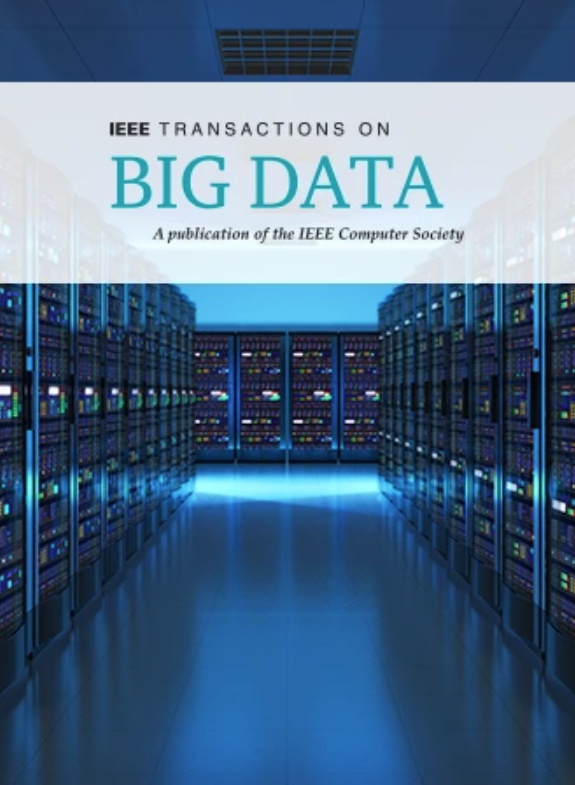基于稀疏门控注意力的多模态融合假新闻检测方法
IF 7.5
3区 计算机科学
Q1 COMPUTER SCIENCE, INFORMATION SYSTEMS
引用次数: 0
摘要
近年来,在假新闻检测领域,深度学习技术表现优异。然而,这些研究中的大多数主要集中在基于单模态特征的方法或图像-文本多模态融合技术上,很少关注非结构化文本特征和结构化表格特征的融合。在这项研究中,我们提出了SGAMF,一种基于稀疏门控注意力的多模态融合策略,旨在合并文本特征和辅助特征,以用于假新闻识别。与传统的多模态融合方法相比,SGAMF在选择最重要特征的同时,能够有效地平衡准确率和推理时间。本文提出了一种新颖的稀疏门控注意机制,该机制促使文本表示的转变以辅助特征为条件,从而选择性地过滤掉非必要特征。我们进一步提出了一种增强的ALBERT算法用于文本特征的编码,能够平衡效率和准确性。为了证实我们的方法,我们开发了一个多模式的COVID-19假新闻检测数据集。该数据集的综合实验结果证实,与现有最先进的技术相比,我们提出的SGAMF在准确性和$F_{1}$分数方面具有竞争力。本文章由计算机程序翻译,如有差异,请以英文原文为准。
SGAMF: Sparse Gated Attention-Based Multimodal Fusion Method for Fake News Detection
In the field of fake news detection, deep learning techniques have emerged as superior performers in recent years. Nevertheless, the majority of these studies primarily concentrate on either unimodal feature-based methodologies or image-text multimodal fusion techniques, with a minimal focus on the fusion of unstructured text features and structured tabular features. In this study, we present SGAMF, a Sparse Gated Attention-based Multimodal Fusion strategy, designed to amalgamate text features and auxiliary features for the purpose of fake news identification. Compared with traditional multimodal fusion methods, SGAMF can effectively balance accuracy and inference time while selecting the most important features. A novel sparse-gated-attention mechanism has been proposed which instigates a shift in text representation conditioned on auxiliary features, thereby selectively filtering out non-essential features. We have further put forward an enhanced ALBERT for the encoding of text features, capable of balancing efficiency and accuracy. To corroborate our methodology, we have developed a multimodal COVID-19 fake news detection dataset. Comprehensive experimental outcomes on this dataset substantiate that our proposed SGAMF delivers competitive performance in comparison to the existing state-of-the-art techniques in terms of accuracy and $F_{1}$
求助全文
通过发布文献求助,成功后即可免费获取论文全文。
去求助
来源期刊

IEEE Transactions on Big Data
Multiple-
CiteScore
11.80
自引率
2.80%
发文量
114
期刊介绍:
The IEEE Transactions on Big Data publishes peer-reviewed articles focusing on big data. These articles present innovative research ideas and application results across disciplines, including novel theories, algorithms, and applications. Research areas cover a wide range, such as big data analytics, visualization, curation, management, semantics, infrastructure, standards, performance analysis, intelligence extraction, scientific discovery, security, privacy, and legal issues specific to big data. The journal also prioritizes applications of big data in fields generating massive datasets.
 求助内容:
求助内容: 应助结果提醒方式:
应助结果提醒方式:


